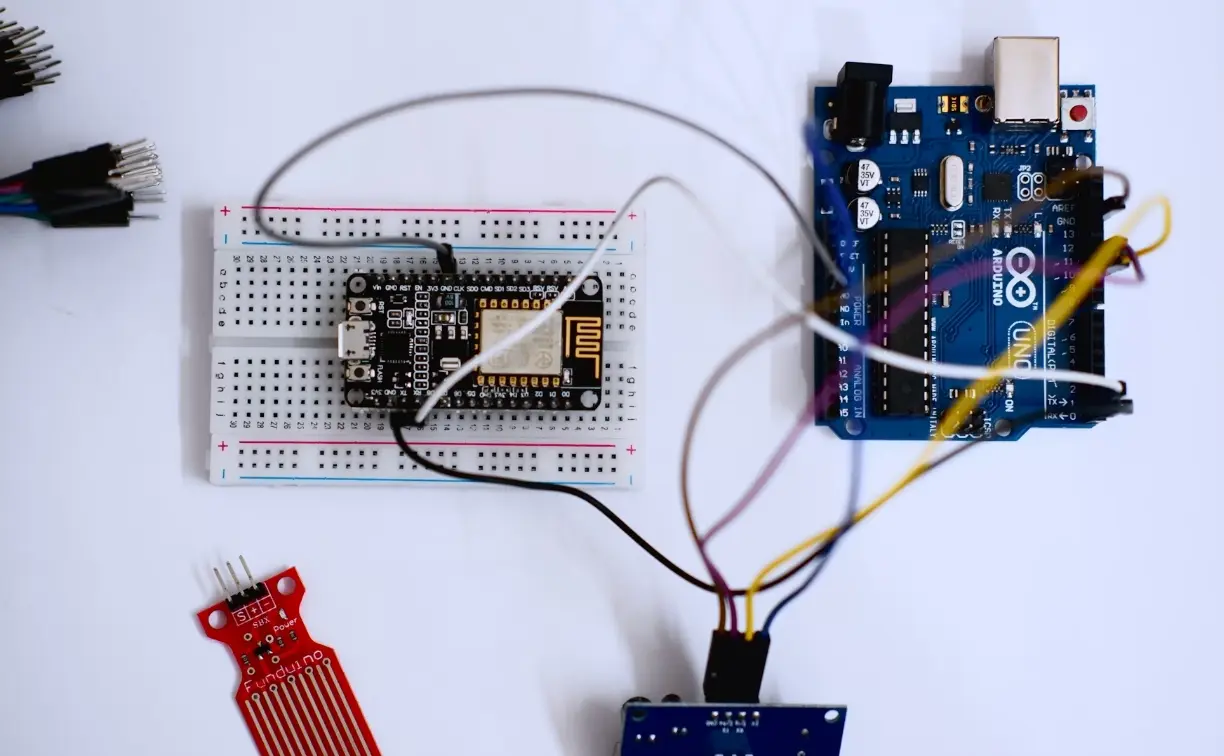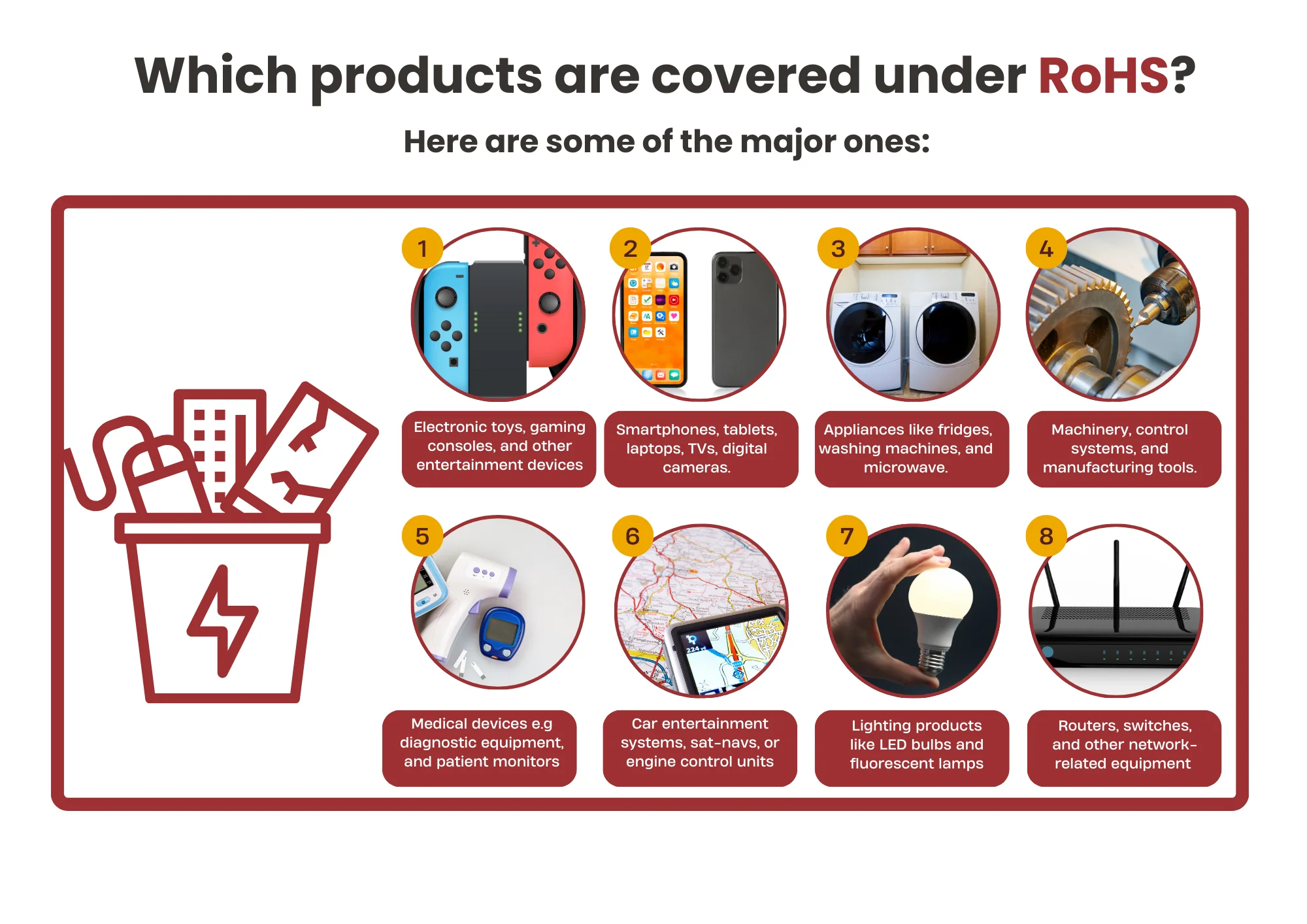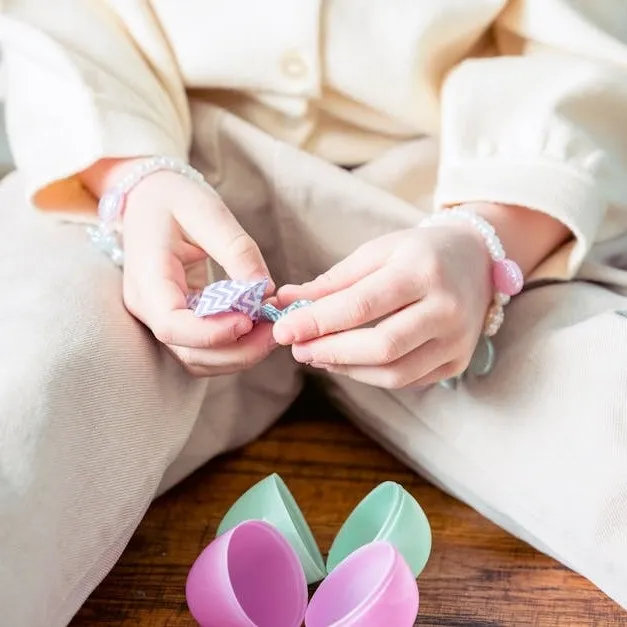
What is a GB 31701 Test Report?
China’s Textile Requirements for Children – GB 31701
GB 31701, officially titled “Safety Technical Code for Infants and Children Textile Products”, outlines the safety technical requirements, testing methods, and inspection rules for textile products intended for infants and children. It was released by China’s General Administration of Quality Supervision, Inspection and Quarantine and the Standardization Administration on May 26, 2015, and came into effect on June 1, 2016. A transition period was in place for two years, allowing products manufactured before June 1, 2016 that met existing standards to continue being sold until May 31, 2018.

Scope of Application
This standard applies to all infant and children textile products sold within mainland China. However, it does not apply to items such as plush toys, textile handicrafts, disposable hygiene products, bags and luggage, umbrellas, carpets, or specialized sportswear.
In the context of this standard, infant textile products refer to those designed for children aged 36 months and younger. Children’s textile products are defined as those intended for children over the age of 3 and up to 14 years old.
Classification and Technical Requirements
The standard categorizes safety requirements into three classes: Class A, Class B, and Class C.
- Class A: Required for all infant textile products.
- Class B: Minimum requirement for children’s textile products that are in direct contact with the skin.
- Class C: Minimum requirement for children’s textile products that do not come into direct contact with the skin.
These categories correspond to the safety levels outlined in the GB 18401 standard.
In addition to general textile safety requirements, GB 31701 specifies further safety indicators:
- Colorfastness to Wet Rubbing: For Class A products (especially dark-colored ones), the grade should be at least 3. For Class B, the grade should be between 2 and 3. This is not required for Class C products.
- Heavy Metals: Class A fabrics that contain coatings or printed layers must have lead content not exceeding 90 mg/kg and cadmium content not exceeding 100 mg/kg, measured relative to the coating mass.
- Phthalates: Class A requires that specific plasticizers—such as DEHP, DBP, and BBP—do not exceed 0.1%, and the same limit applies to DINP, DIDP, and DNOP. These are not assessed for Class B or C products.
- Flammability: Outer fabrics of Class A products must meet Level 1 flammability, indicating normal burn behavior. Certain fiber types (e.g., wool, acrylic, nylon, polyester) and heavier fabrics are exempt from this requirement.
Other Requirements
GB 31701 also includes provisions for the safety of accessories and components such as fillers, cords, sharp elements, and labels used in children's textile products.
Testing and Certification
China’s JJR Laboratory offers comprehensive services in accordance with GB 31701. These include consultation, professional testing, and certification for infant and children’s textile products, providing a complete one-stop solution. For more information, feel free to get in touch with their team.
Email:hello@jjrlab.com
Write your message here and send it to us
 What is the IEC 60598 Standard?
What is the IEC 60598 Standard?
 What is the Canada IC Logo?
What is the Canada IC Logo?
 EMC Pre Compliance Testing
EMC Pre Compliance Testing
 PAHs Testing (Food and Textile)
PAHs Testing (Food and Textile)
 Where to Apply for the EU RoHS Test Report?
Where to Apply for the EU RoHS Test Report?
 Children’s Products and Toy Testing
Children’s Products and Toy Testing
 What is a GB 31701 Test Report?
What is a GB 31701 Test Report?
 UN 38.3 Transportation Test
UN 38.3 Transportation Test
Leave us a message
24-hour online customer service at any time to respond, so that you worry!




